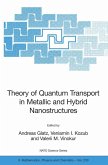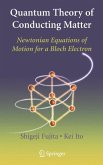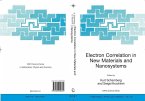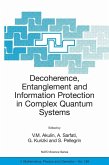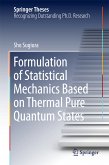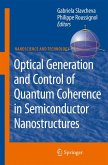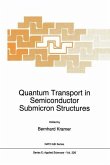This book features the proceedings of the NATO Advanced Study Institute "Manipulating Quantum Coherence in Solid State Systems", held in Cluj-Napoca, Romania, August 2005, which presented a fundamental introduction to solid-state approaches to achieving quantum computation. This proceedings volume describes the properties of quantum coherence in semiconductor spin-based systems and the behavior of quantum coherence in superconducting systems.
Dieser Download kann aus rechtlichen Gründen nur mit Rechnungsadresse in A, B, BG, CY, CZ, D, DK, EW, E, FIN, F, GR, HR, H, IRL, I, LT, L, LR, M, NL, PL, P, R, S, SLO, SK ausgeliefert werden.
Hinweis: Dieser Artikel kann nur an eine deutsche Lieferadresse ausgeliefert werden.



